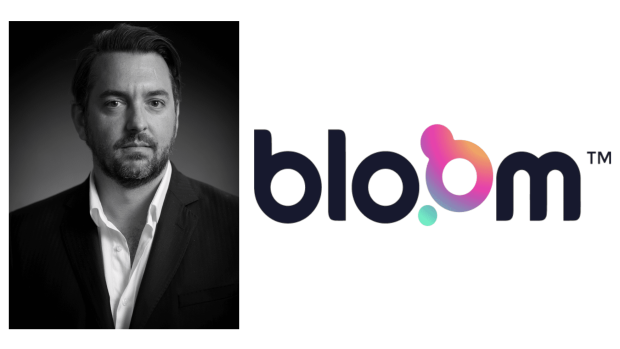To Survive Funding Drought, Startups Must Think Like Camels, Not Unicorns

It’s been widely referred to as the “fundraising winter”: a major downturn as tech stocks fall and the appetite for investment wanes, leading to mounting losses and mass layoffs from tech firms that had experienced booming growth in 2021.
But ultimately, lenders and investors haven’t gone anywhere. What’s changed is the economic picture. As the world emerged from a pandemic in 2021, pent-up liquidity saw a surge in investor activity during the second half of the year, leading to overinflated valuations and a rush to back the most hyped-up technology sectors.
Fast forward a year and those sectors that generated the most excitement, that is buy now, pay later (BNPL) and qCommerce, have experienced some stark devaluations. For venture capital firms that were looking for a quick IPO and easy profit, the reality is sobering.
More on this: Klarna’s 85% Haircut Sees BNPL Investors Shooting First, Asking Questions Later
When PYMNTS spoke to James Hickson, founder and CEO of revenue-based lending platform Bloom, he didn’t speak highly of venture capitalists looking to make a quick buck and exit, what he called “vulture capital.”
Instead, he said that at Bloom, “We’d rather the money went back into the business and we become a longtime partner than focus on what I think are fairly egregious margins in the revenue-based funding business right now.”
To do this, Bloom, which recently secured an additional £300 million ($355 million) for its funding pool, offers its borrowers the opportunity to pay less total interest on a loan if they pay it back early.
Read on: Revenue-Based Financing Challenges The Bank Loan Status Quo
In the current economic climate, venture capital firms are asking for larger shares of a business in exchange for less money, and banks are pulling their purse strings tighter. Against this backdrop, revenue-based models like that of Bloom are gaining traction.
But Hickson said that just as “VC has to change to be more inclusive, the same has to be true of revenue-based funders.”
He said, “It’s a proven fact that only 2.5% of female entrepreneurs get funded. And today, if there’s a person of color that’s on the founding team, typically they only get 1.5-1.7% of the share of all venture capital dollars. So even before the current winter, this market was already broken.”
Related: Africa’s VC Ecosystem: Lack Of Seed-Stage Funding, Tough Landscape For Female Tech Founders
Continuing, he added that Bloom wanted to lend to founders who “don’t get the access to capital because they don’t have the warm introductions, they don’t have the right networks, all those things I struggled with when I first started my entrepreneurial journey.”
But Hickson is also a savvy businessman. After all, a revenue-based lender needs to know that borrowers have secure revenue streams.
Luckily, despite the global economic slowdown, Hickson said, “We continue to see great businesses come through the pipeline that have strong fundamentals that we absolutely can support.”
Surviving the Funding Winter
For entrepreneurs looking to survive the current funding drought, Hickson offered some simple advice: “Think like camels, not unicorns.” He added that, “You can’t rely on equity capital. … Get back to fundamentals, manage your cost.” Investors won’t remain shy forever, he said, and founders need to be “ready for the next round.”
When investment dries up and startups find it harder to attract capital, inevitably it becomes a funders’ market. For Bloom, there have been a lot of requests from software-as-a-service (SaaS) and eCommerce businesses especially.
For a revenue-based funder like Bloom, the SaaS model provides a certain degree of income predictability due to recurring payments. But Hickson observed that many eCommerce companies also see “a very stable kind of cycle.”
More on this: EU Subscription Businesses Get Boost From Revenue-Based Financing
Going forward, he said that while Bloom has focused largely on the U.K. market to date, there is less competition in continental Europe, where the lender has seen high interest from businesses in France, Germany, Italy and the Nordic markets.
But for the businesses that Bloom supports with funding, Hickson said that he stresses the need to focus on honing their business model and ensuring their sales funnel is optimized before going for international expansion.
For all PYMNTS EMEA coverage, subscribe to the daily EMEA Newsletter.